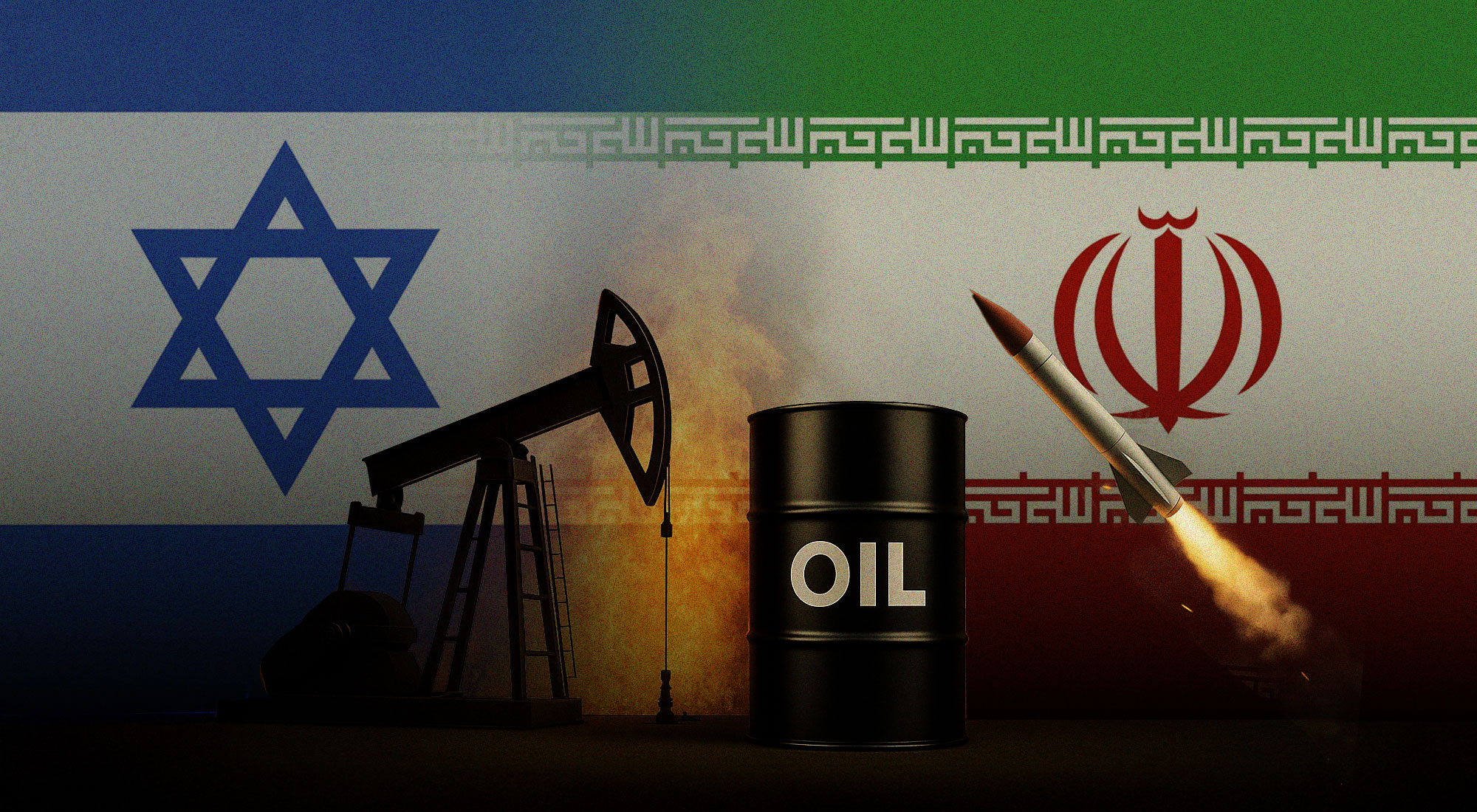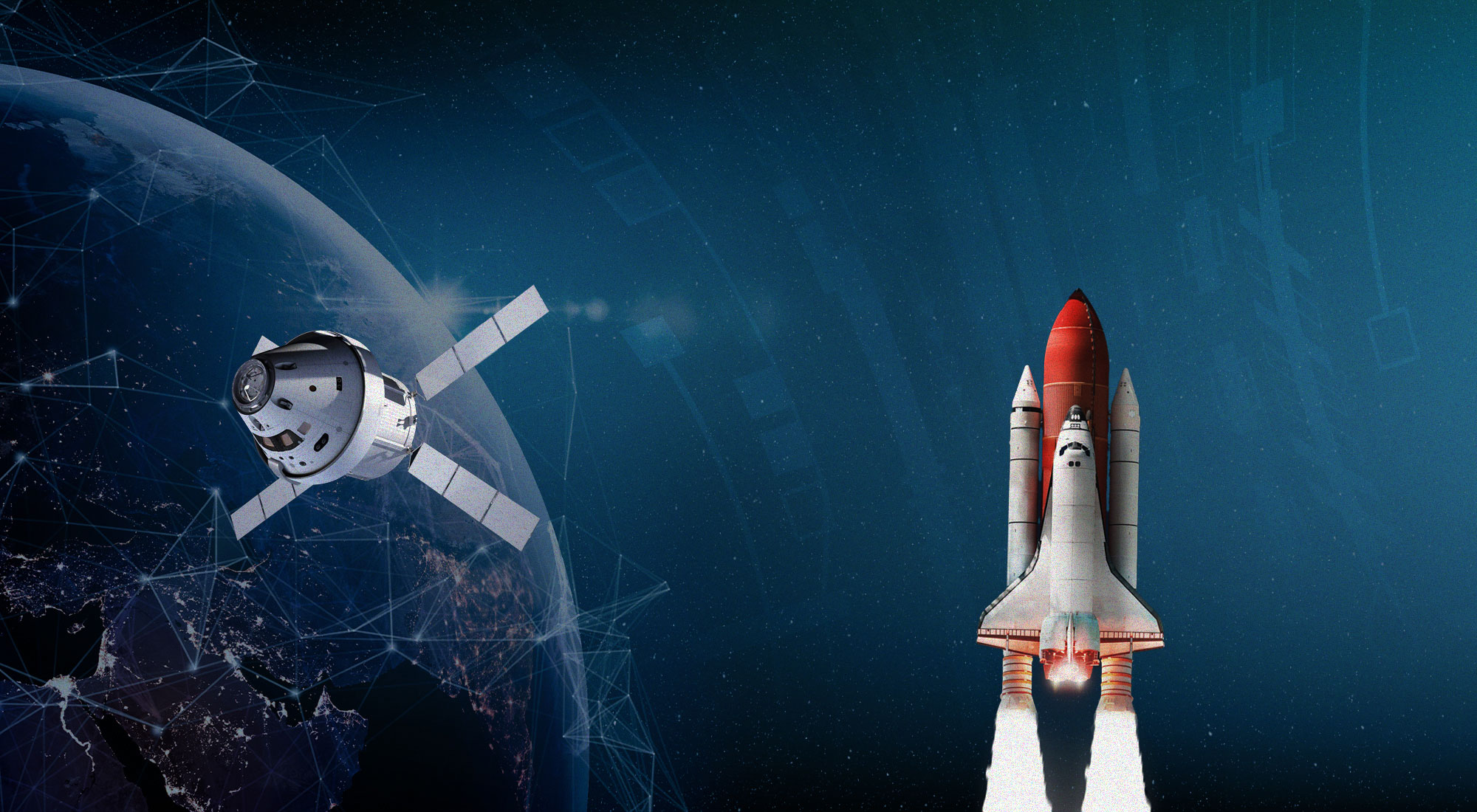The Belt and Road Initiative (BRI) is a large-scale international cooperation project which was announced by the Chinese government in 2013. This grand project aims to improve international cooperation across regions and continents, linking together more than 60 countries and (re)creating both maritime (the “belt”) and terrestrial (“the road”) routes of trade, finance, infrastructure, energy, communication, and investment. Previously referred to as “One Road One Belt” (OBOR), the BRI project comprises the Silk Road Economic Belt project announced in 2013 and the 21st Century Maritime Silk Road announced in 2015. According to the “Vision and Actions on Jointly Building the Silk Road Economic Belt and the 21st Century Maritime Silk Road of March 2015” paper, released by China’s National Development and Reform Commission (NDRC), Ministry of Foreign Affairs (MFA), and Ministry of Commerce (MOC), “connectivity” and cooperation in its various forms is this project’s main goal.
In theory, to secure continuity, predictability and stability of international cooperation, states would create international institutions, mainly in the form of international organisations (the UN), regionalisation and integration initiatives (the EU), or new international norms (principles of International Law). None of these seem to be part of the official narrative of China explicitly, but it does portray the BRI as an inclusive, egalitarian and politically-neutral project. However, the BRI largely practices classical bilateral diplomacy, which means concluding many agreements, which would potentially contradict each other, if not clash, in political terms. Hence, under what conditions can the BRI be seen as an inclusive platform for cooperation and would its opportunities outweigh its risks?
An understanding of these issues can be achieved through looking at two basic aspects of the BRI: its economic geography and its architecture. This approach highlights the cornerstones and pitfalls of the project’s logic, opportunities, and risks.
Specifically, geography and architecture of the BRI can be better understood through (1) the constellation of patterns and practices of China’s diplomatic relations with the regions, which define the project’s economic geography; (2) the existing international institutions, such as international banks and regional cooperation organisations as well as the material infrastructure of its routes and roots, which comprise the project’s architecture; (3) the Chinese approach to aid and investment, which reveal—the theoretically “apolitical” rationale of China’s foreign policy along the BRI.
Mapping the new Silk Roads: economic geography of the BRI
BRI’s geography is remarkable as it stretches across regions as diverse and as complex as West and North Africa, the Middle East, South East Asia, Eastern Europe, Russia, Central Asia, and (potentially) Latin America and the Caribbean. Connecting more than 60 countries, ranging from Poland to Pakistan, it has to deal with approximately 4.4 billion people or about 63 per cent of the world population and 29 per cent of global GDP.
The overall objective is to connect landlocked regions with the maritime powers, thereby creating potential power shifts in the international system. The BRI connects China to Central-, South- and Southeast Asia, the Gulf Countries, North Africa and onward to Europe. Its main priorities include: (1) infrastructure connectivity; (2) coordination of development strategies and policies; (3) trade facilitation to ensure “unimpeded trade”; (4) financial integration; and (5) people-to-people exchange.
Specifically, the BRI’s corridors include:
- Sea routes to Africa and the Mediterranean
- The New Eurasia Land Bridge Economic Corridor
- The China-Mongolia-Russia economic corridor
- The China-Central Asia – West Asia Economic Corridor
- The China-Indochina Peninsula Economic Corridor
- The China-Pakistan Economic Corridor
A closer look at these corridors suggests that some of the world’s most complex regions will be inter-connected, which may facilitate changing their position in the world’s system. For instance, the landlocked Central Asian region has a potential to become the world’s centre, rather than being its periphery, as a range of the Silk Road continental routes would pass through its heartland.
In numbers, the national economies along the BRI account for about a third of China’s export revenue between 1995 and 2015, according to the World Bank data. In recent years, the share of imports originating in the BRI economies has demonstrated an upward trend, rising from about 25% in 1995 to nearly 30% in 2015. Currently China-BRI trade shows an increase of 13.6% from 2016. Exports have risen of 7.1%, with an increase in imports of 24.3%. The rise of import from the BRI countries can be explained by the strong domestic demand for commodities.
The GCC countries represent a major partner for China. Over the past decade trade between China and the Arab World countries has increase by 600%, comprising $230 billion. Bilateral trade with the 22 countries of the Arab World is estimated to reach $600 billion by 2024. The United Arab Emirates’ (UAE) trade with China has increased annually by 35%. China has overtaken France as the major exporter to Algeria.[1] Bilateral agreements drive China’s cooperation with the region in the energy market as well, where GCC countries account for 35% of China’s oil import. China has joint ventures with the Kuwait Petrochemical Corporation and Saudi Aramco, which possess a 30 per cent stake in the 13-1 Yacheng oil field in China and 25 percent of Fujan Refining Petrochemical Company, respectively.[2] Chinese corporations operating in the region include PetroChina, Shanghai Electric Investment, ZTE Corporation, New Silk Road Company and CMEC Thar Mining Investments.
The cooperation along the BRI exposes a positive trend for export and import relations at the country-level, while its repercussions across industries, firms, and sectors in each specific country may vary. For instance, one of the main risks in this area across various regions would lie in the differences between the export structures of the participating markets. Markets which have relative heterogeneity in their production structures would be less exposed to competition shocks along the BRI and demand shocks from China. Countries of this type would include Uzbekistan, Myanmar, and Iraq, among others.
Architecture or Structural Power of the BRI
The BRI’s architecture has been built on three main pillars: 1) the bilateral agreements between China and the respective governments; 2) the BRI’s cooperation with the main international banks, and partially 3) the multilateral platforms of regional organisations, for instance, the Shanghai Cooperation Organisation in Central Asia or the BRICS cooperation platform (Brazil, Russia, India, China, South Africa), among others.
According to the China’s Ministry of Transport, more than 130 bilateral and regional transport agreements have been signed by May 2017, which cover rail, road, sea, and air transportation. In the first half of 2018, about 1,922 new engineering contracts along the BRI countries have been signed, with a total contract value of $47.79 billion. In terms of financial mechanisms, the BRI relies on the financial liberalization or the “currency statecraft”, which implies the internationalization of renminbi, the principle of free trade, and governments-controlled bank systems. Financial implementation of its projects goes mainly through global financial hubs. For instance, the biggest free zone in the Middle East, the Dubai International Financial Centre (DIFC), has signed a memorandum of understanding with Chinese state-owned Everbright Group (CEG). The agreement comprises banking, securities, insurance, funds, asset management, futures and investment management and oriented primarily to expansion of businesses across the Middle East, Africa, and South Asia (MEASA) region. In general, Chinese financial institutions accounted for 22 per cent of total assets in this financial centre at the end of the third quarter of 2017. However, the project’s financial mechanisms are widely considered to be poorly integrated with those of other multilateral financial institutions.
The second pillar of the BRI architecture is represented by the cooperation among banks, as well as gradual creation of the new banking systems in the target regions. Specifically, the Asian Infrastructure Investment Bank (AIIB), which was initiated by China, and now has over 60 contributing members. To date, the Dubai International Financial Centre is already a home to China’s four largest banks. In other regions, the World Bank and the Asian Development Bank have remained one of the main partners for the BRI project. The World Bank’s financial contribution to the BRI infrastructure projects accounts for US$ 80 billion. This cooperation seems to be a logical continuation of the projects on infrastructure, international trade, cross-border investment, allocation of economic activity, inclusive and sustainable growth, earlier launched by the World Bank. Merging these projects with those of the BRI would provide more guarantees of “connectivity” (transport and communication) along the BRI, as well as potential policy harmonisation across the BRI. An example of this cooperation is the BRI developments in the Central Asian and South Asian region. For example, the World Bank has supported “non-standard cross-border trade” in the disputed areas of Central Asia, while the ADB had supported water-sharing projects, such as Central Asian Regional Economic Cooperation (CAREC) and Central Asia – South Asia Power sharing project (CASA-1000). Due to their similar “connectivity” goals, the CAREC and the BRI are planned to become complementary along the transport and trade corridors that had already been created within the CAREC/ADB framework. The reliance on the existing institutional frameworks has been conducted in a similar way in the other regions.
It is worth noting that China’s loan system differs from that of the World Bank and the International Monetary Fund. The official narrative calls it a “non-conditional” loan system, which in principle makes it more attractive than the World Bank (WB) and the IMF lending system, famous for its conditionality. However, the on-the-ground evidence reveals the following risks. First of all, unlike the WB and the IMF loans, Chinese loans are tied to “strategically important natural assets with long-term value”, which can vary from natural resources to ports, an example of which the Hambantota port in Sri Lanka, vital for the Ocean trade routes between Europe, Africa, Arab countries and Asia. In the Central Asian region, Chinese loans are linked with access to extraction of mineral resources. Furthermore, the process of loan-granting is such that a loan given to a Central Asian government would be reinvested in the Chinese company contracted for a specific type of work to be done for the BRI related projects. Furthermore, the equipment and workforce carrying out a project would be mainly brought from China, which means that the BRI projects new jobs for the local populations in the participating countries. In terms of its main principles, China’s foreign aid system is still evolving and provides opportunities for discussions, as China is not a member of the Organisation for Economic Cooperation and Development (OECD). In other words, the BRI’s foreign aid system does not necessarily comply with the OECD recommendations on international aid.
The third pillar of the BRI is represented by the regional cooperation organisations, such as Shanghai Cooperation Organisation (the SCO) or BRICS. The SCO is an intergovernmental international organisation, officially announced in 2001 in Shanghai (China) by the governments of Kazakhstan, Kyrgyzstan, Tajikistan, Uzbekistan, China and Russia. Today, the SCO includes observer states, such as Afghanistan, Belarus, Mongolia and Iran, as well as engages Azerbaijan, Armenia, Cambodia, Nepal Turkey and Sri Lanka as dialogue partners. At the Ufa summit in 2015, the SCO adopted a resolution, which initiated the accession of India and Pakistan, therefore increasing the geographical scope of the organisation to South Asia. Considering the cooperation between Central Asia and South Asia in the water-sharing project CASA-1000, the SCO could provide the platform for harmonisation of the regions’ security policies. Whether this cooperation would help resolve the tensions between India and Pakistan, as well as make India a more favourable partner for the BRI is debatable. However, as the Ufa summit brought together the SCO and the BRICS (Brazil, Russia, India, China, South Africa), a potential institutional structure for resolving existing tensions over disputed territories and borders across these regions has been created.
Conclusion
The BRI’s remarkable scale demonstrates China’s potential to influence the direction of today’s transnational flows, practices and patterns. Due to the lack of straightforward institutional structure, the BRI provokes certain degree of scepticism around the world. However, the project is based on a set of commonly accepted principles that grants China a significant degree of structural power.[3] Its three pillars—the bilateral agreements, the cooperating across international banking systems, and reliance on various regional organisations—shows a unique path, which may signal an evolution of a new international order or how we think of it.
The BRI poses a grand challenge to China itself. Will the project be able to not fall into the trap of consumerism, which submits politics, societies and cultures thereby undermining itself? Will the logic of trade become a connecting, rather than a diving force in the world full of latent tensions over land, water, and survival?
In other words, further understanding of the BRI implementation requires a closer look at the routes and roots of its railways and border checkpoints on its way, each within the context of their regulations, implementations, and security narratives. Its long-term success would depend on the policy harmonisation with regards to the different regional export structures, as well as world’s most pressing latent conflicts on seas and lands bypassed.
Footnotes
[1]Dorraj, Manochehr. 2018. “Belt and Road Initiative and China’s Expanding Ties With West Asia and North Africa,” ISA Conference Paper. San Francisco.
[2] Ibidem.
[3] Susan Strange’s definition of structural power: when irrespective of the lack of formal structures, an actor, a phenomenon or a process has influence over the direction of world affairs, see, for example, her works Mad Money: When Markets Outgrow Governments (Ann Arbour: University of Michigan Press, 1997); Casino Capitalism (Manchester: Manchester University Press, 1997).








